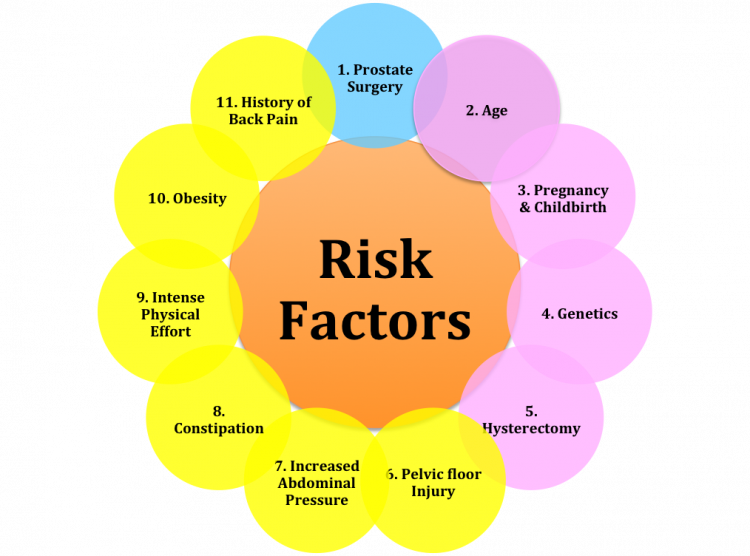pelvic floor dyssynergia symptoms
Constipation or a straining pain during your bowel movements. When you have pelvic floor dyssynergia the muscles do not relax resulting in constipation.

Why Your Pelvic Floor May Be The Cause Of Your Digestive Problems
If you have any of these symptoms you should tell your healthcare provider.

. Frequent need to urinate often with starting and stopping many times. Dyssynergic defecation is a health condition with difficulty passing stool due to problems with the muscles and nerves of the pelvic floor. Pelvic Floor Dysfunction Symptoms.
Learn from their data and experience. Urinary frequencynocturia excessive nighttime voids Lowweak urine flow. Some women with pelvic floor problems do not have symptoms at first.
An example of anorectal dysfunction that can contribute to constipation is a condition called Pelvic Floor Dyssynergia also referred to as anismus. Some women are genetically predisposed to developing pelvic floor dysfunction born with naturally weaker connective tissue and fascia. Pelvic floor dyssynergia means that your pelvic muscles are contracting and closing the rectum rather than relaxing and opening the sphincter when you attempt to have a bowel movement.
Diagnosis Anal sphincter dyssynergia. 31 They concluded that symptoms are good. Severe straining during defecation A sensation of a blockage Digital manipulation during defecation and.
Normally the pelvic floor muscles tighten to hold your urine and bowel motions in. Also if there is a decrease in intrarectal pressure defecation can occur. A sensation of incomplete evacuation.
Pain in scrotum perineum testicles andor groin. Symptoms of pelvic floor dyssynergia include. Straining hard or thin stools and a feeling of incomplete elimination are.
The pelvic floor is composed of a group of muscles that span the underlying. In other words the muscles around the anus abnormally contract and tighten instead of relaxing allowing for the anus to open to empty. Pelvic floor muscle tightening results in increased straining and may even be painful.
You may have trouble. The most common symptom of pelvic floor dyssynergia is constipation causing 50 of all recorded chronic constipation cases. How Pelvic Floor Therapy Can Help.
Completing a bowel movement. In a study of 52 patients with slow transit constipation biofeedback therapy was shown to significantly reduce symptoms of bloating in patients with pelvic dyssynergia and pelvic outlet obstruction. Pain in sitting sitting on a golf ball or rock.
The intergrity and proper functioning of the internal and the external anal sphincters along with the pubo-rectalis muscle is essential for the process of defecation. What are the Symptoms of Pelvic Floor Dyssynergia. Excessive straining when having a bowel movement.
In a prospective study excessive straining was the most common symptom 85 followed by a feeling of incomplete evacuation 75 the passage of hard stools 65 and a stool. 1 In addition many women think that problems with bladder control are normal and live with their symptoms. It can result in chronic constipation.
Passing stool through your rectum. Anal sphincter dyssynergia tends to be one of the most predicted diagnoses with a patient suffering from symptoms like. In constipation the pelvic floor muscles are tight and overactive and do not know how to relax.
Unexplained pain in. Less than three bowel movements per week. Dyssynergic defecation is considered to be the result of pelvic floor dysfunction in that the muscles and nerves within the pelvic floor are not functioning as they should.
Constipation and The Pelvic Floor Muscles. Using your fingers to. In another study of 134 patients two or fewer stoolsweek laxative dependence and constipation since childhood was associated with slow transit constipation whereas backache heartburn anorectal surgery and a lower prevalence of normal stool frequency was reported by patients with pelvic floor dysfunction.
Postpartum pelvic floor dysfunction only affects women who have given birth. 37 Additional studies of patients with idiopathic constipation and various combinations of pelvic floor dysfunction and slow colonic transit have. Dismiss this notification PatientsLikeMe would like to remind you that your browser is out of date and many features of the website may not function as expected.
This condition can affect men and women. It is marked by the failure of pelvic floor muscles to relax or a paradoxical contraction of the pelvic floor muscles with defecation. Urinary issues like painful urination or the urge to urinate.
However the loss of efficient function of the pelvic muscles can cause issues with all the pelvic organs and related muscles. Difficulty starting urine streamfeeling of incomplete emptying. The primary causes of pelvic floor dysfunction include pregnancy obesity and menopause.
Paradoxical contraction of pelvic floor muscles occurring in dyssynergia refers to an abnormal increase in pelvic floor muscle activity which hinders normal defecation or emptying. 3 However bladder control problems are treatable and. Pregnancy and the changes pregnancy makes to.
COMMON SYMPTOMS OF PFD IN MEN. Knowing when you are ready to have a bowel movement. Abdominal bloating that does not resolve with changes in diet nor exercise.
As many as 50 percent of people with chronic constipation have pelvic floor dysfunction PFD impaired relaxation and coordination of pelvic floor and abdominal muscles during evacuation. Often presents with p elvic floor dyssynergia read more about dyssynergia in my previous blog post Constipation. Urinary urgency a sudden need to urinate.
1 Many women are reluctant to tell their healthcare provider about symptoms because they may feel embarrassed. Distended belly that does not resolve with changes in diet nor exercise. Being unable to complete a bowel movement.
Dyssynergia is frequently associated with constipation symptoms such as excessive straining feeling of incomplete evacuation hard stools and digital facilitation of bowel movements 9 10. Pain in your lower back. See how 146 people just like you are living with pelvic floor dyssynergia.
Pelvic floor dyssynergia is a painful condition that can affect your quality of life. Anal sphincter dyssynergia can be caused by obstructions but mostly improper relaxing of the anal sphincters or pelvic floor muscle during defecation. Pain in the pelvic region genitals or rectum.
When you sit on the toilet the pelvic floor muscles should relax so that you are able to empty your bladder or bowel. You may also feel like you need to force it out to go or you might stop and. Needing to have several bowel movements over the course of a short time period.
Frequently needing to use the bathroom. If there is something wrong with the function of the pelvic floor muscles people may experience the following pelvic floor dysfunction Symptoms. Constipation or bowel strains.
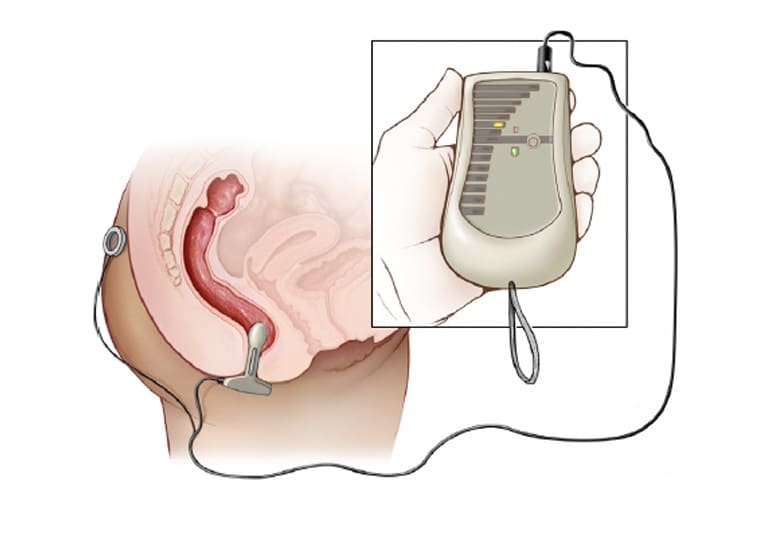
Unique Intensive Curriculum Helps Patients Retrain Pelvic Floor Muscles Mayo Clinic

Biofeedback And Pelvic Floor Disorders Conservative Treatment Pelvic Floor Disorders Surgical Approach

Dyssynergic Defecation Youtube

Pdf Pelvic Floor Dysfunction And Biofeedback In The Pathophysiology And Treatment Of Constipation Semantic Scholar
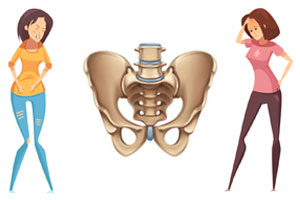
Pelvic Floor Dysfunction The Signs Symptoms And Treatments
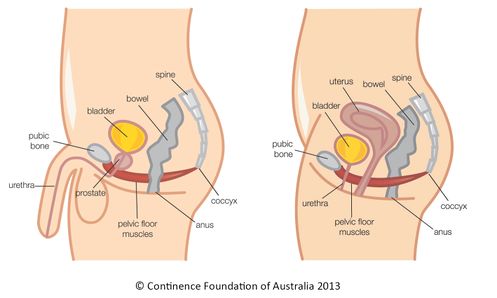
Pelvic Floor Dysfunction Physiopedia

Dyssynergia An Overview Sciencedirect Topics

Pelvic Floor Disorders Pelvic Girdle Pain And Symphysis Pubis Dysfunction Following Sports Injury Caring Medical Florida
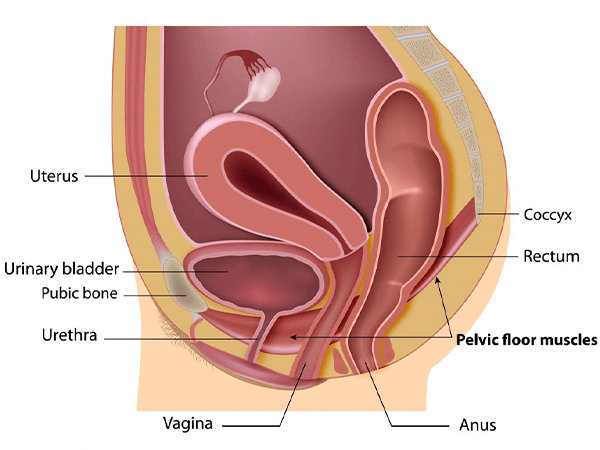
Pelvic Pain Painful Sex Tight Pelvic Floor Muscles Explained Ppfp

Chronic Constipation Pelvic Rehabilitation Medicine
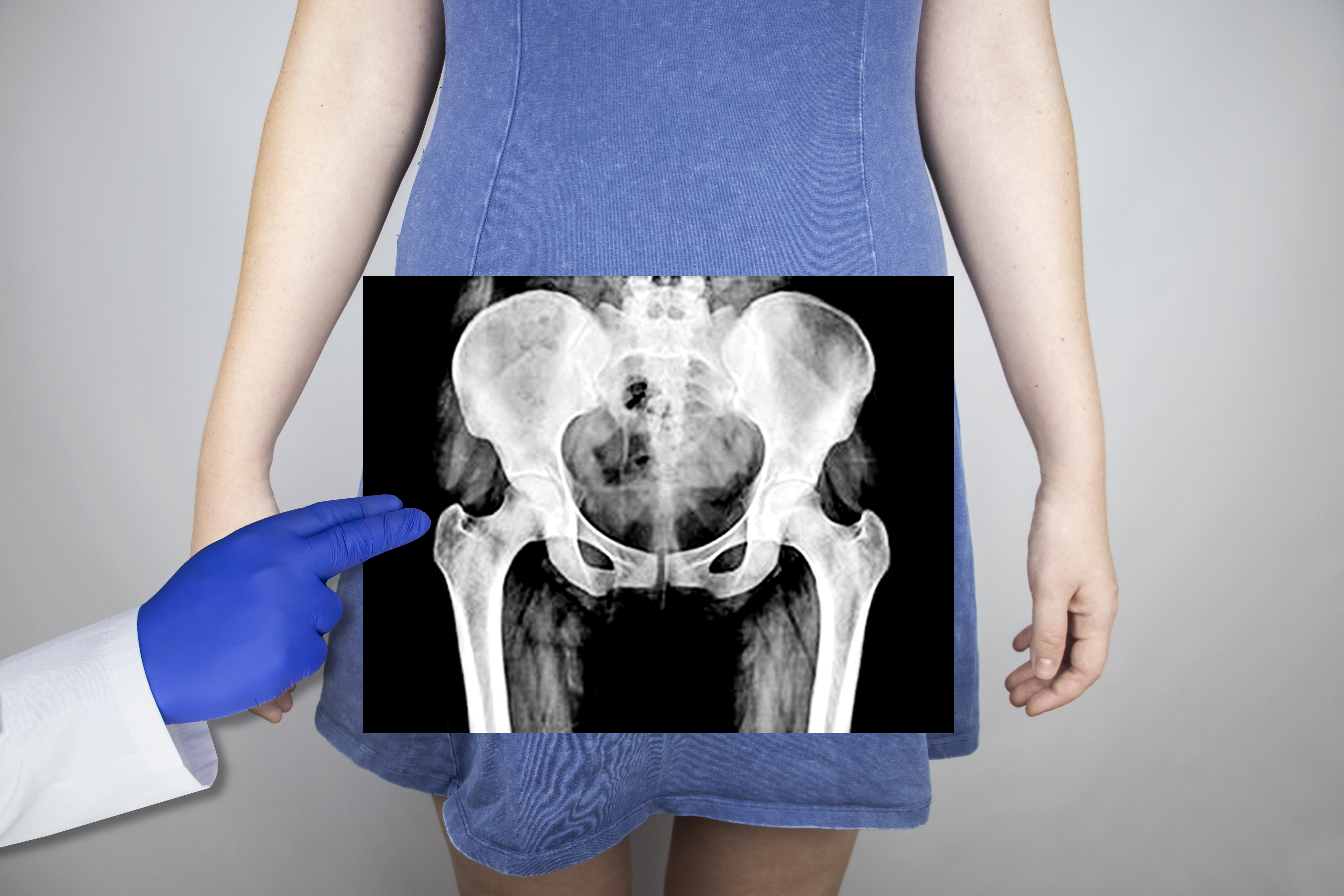
What Is Pelvic Floor Dyssynergia Advanced Gynecology

Pelvic Floor Blog Zion Physical Therapy

Constipation Due To Pelvic Floor Dis Coordination
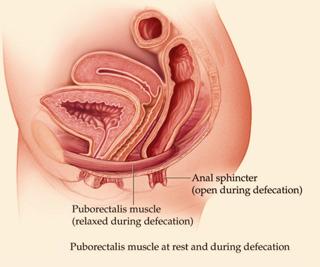
Anismus Pamela Morrison Pelvic Pain Physical Therapist P C

Pelvic Floor Dysfunction Gastrointestinal Society

Bowel Dysfunction Pelvic Health Rehabilitation Center
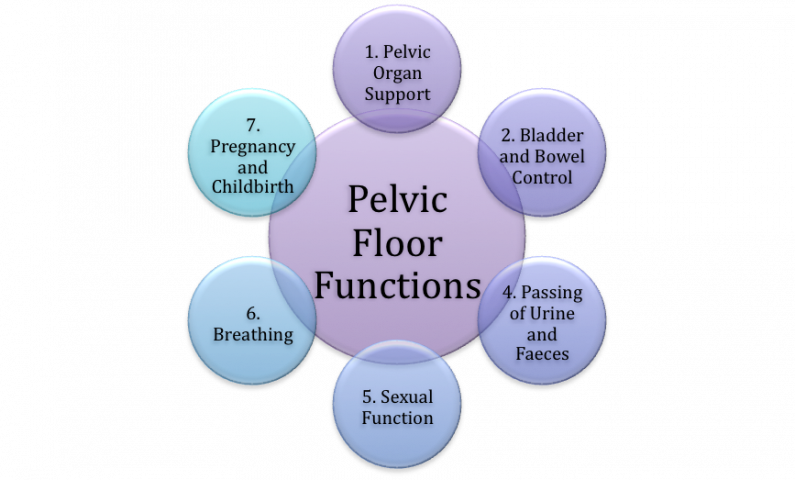
Pelvic Floor Dysfunction Physiopedia
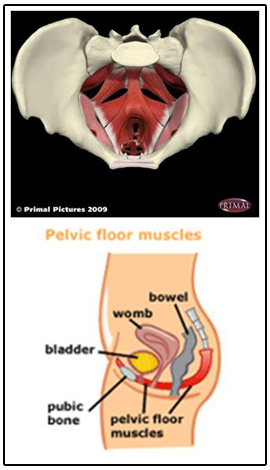
Pelvic Floor Muscle Dysfunction Pfmd Pamela Morrison Pelvic Pain Physical Therapist P C
